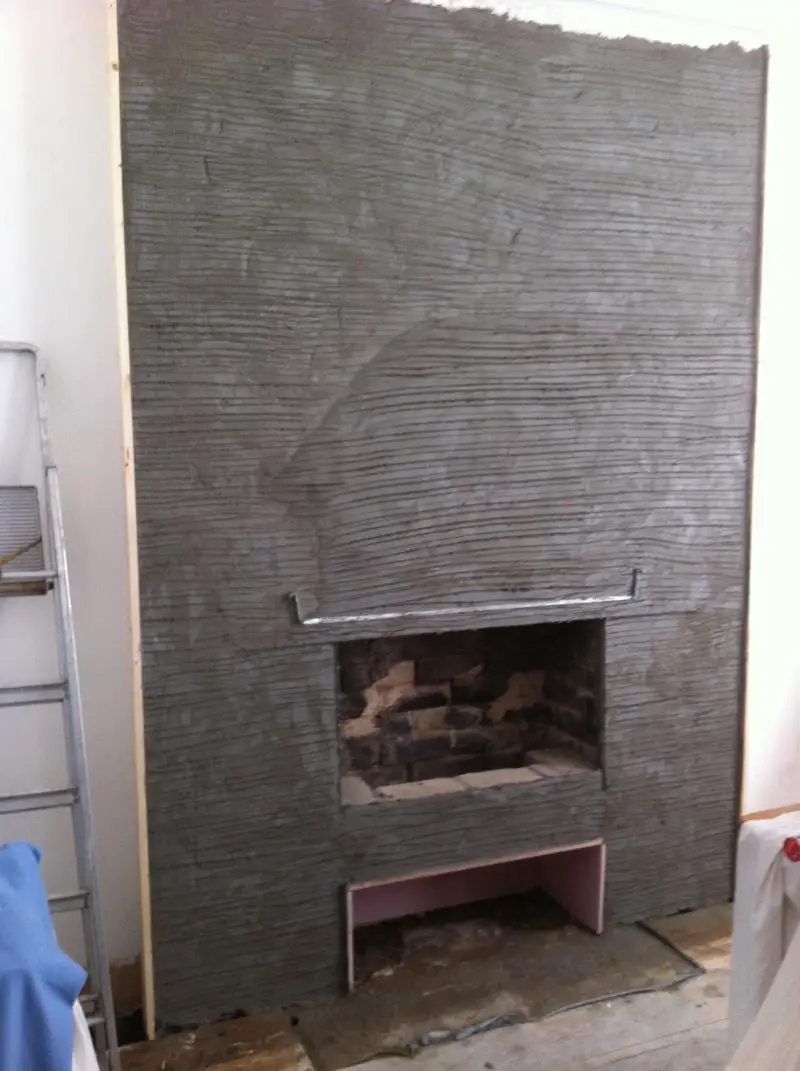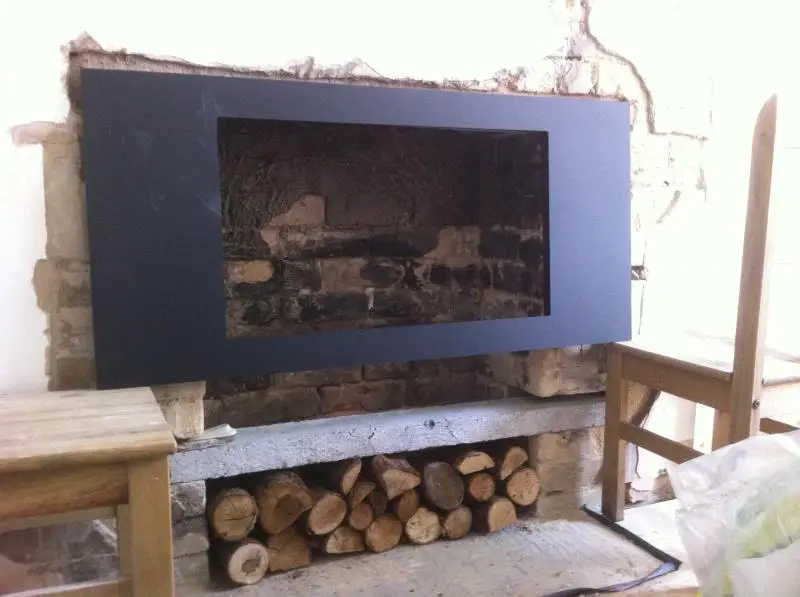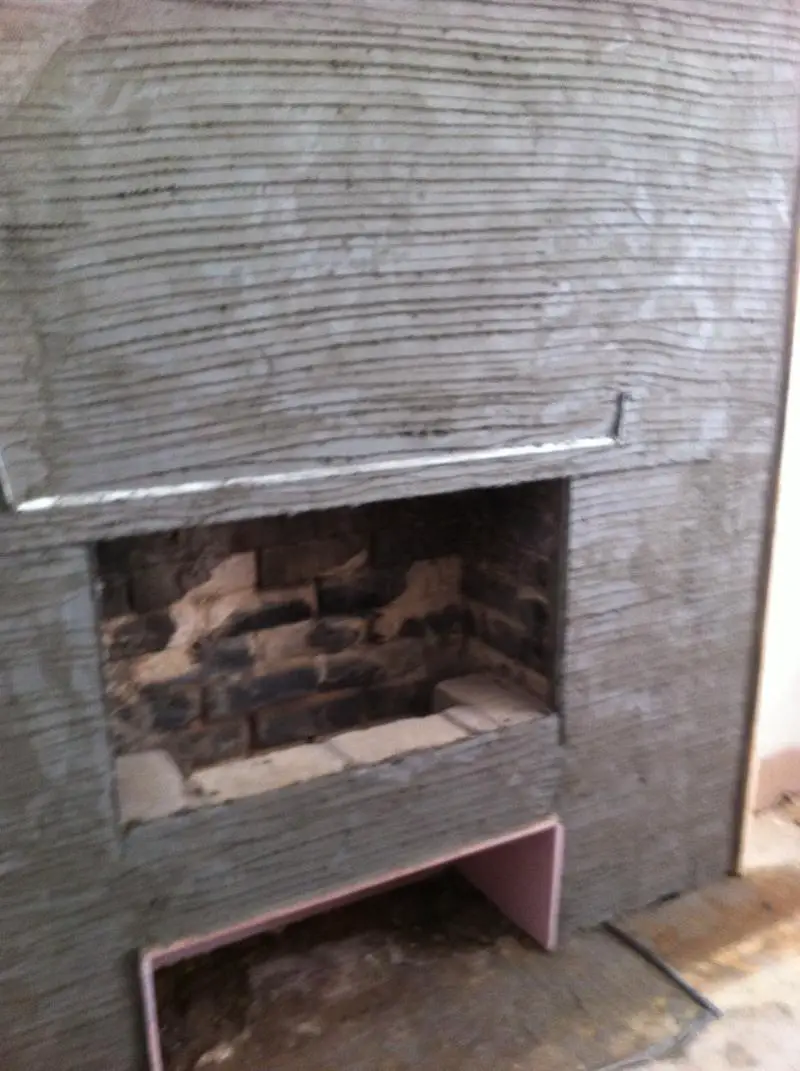Hi
Just a very quick query that I can't seem to find an answer to.
I need to screw a wire mesh on my chimney breast to plaster onto. Does anyone know weather it is ok to use normal plastic wall plugs or can u buy heat resistant ones?
I've just been searching on google and on diynot but can't seem to find anything on this, so any thoughts would be massively appreciated
Just a very quick query that I can't seem to find an answer to.
I need to screw a wire mesh on my chimney breast to plaster onto. Does anyone know weather it is ok to use normal plastic wall plugs or can u buy heat resistant ones?
I've just been searching on google and on diynot but can't seem to find anything on this, so any thoughts would be massively appreciated




